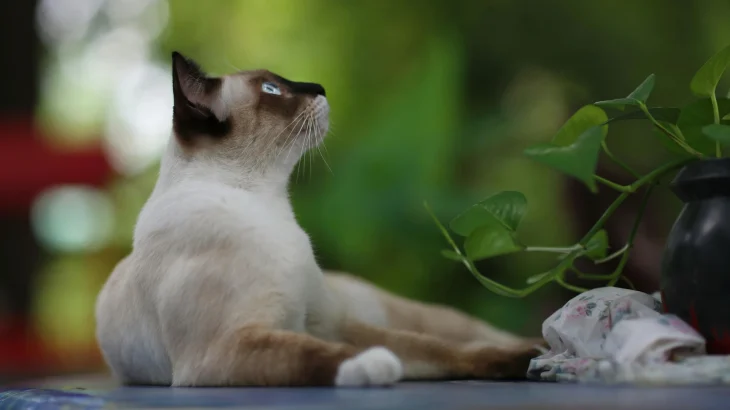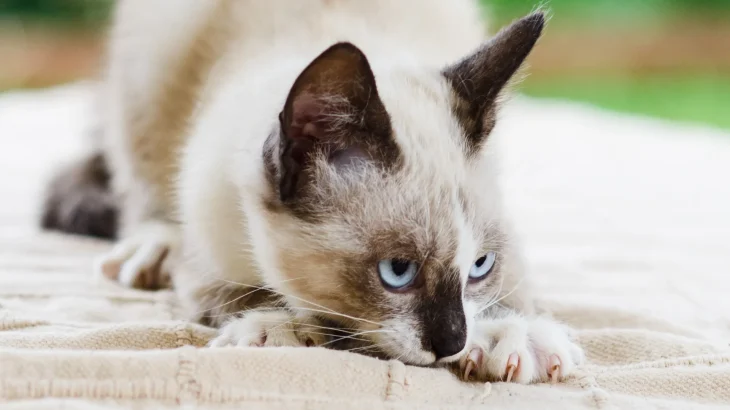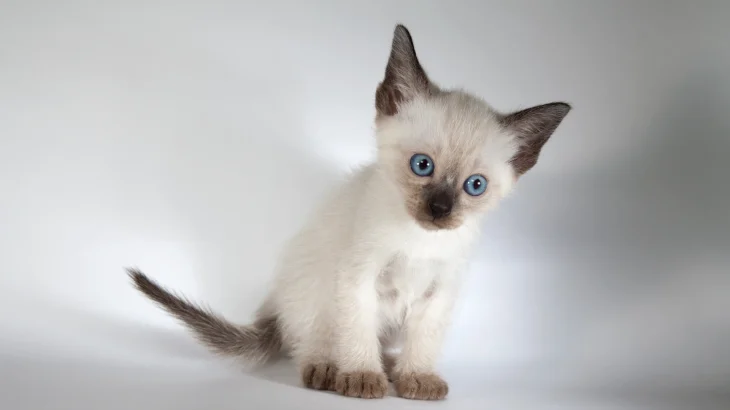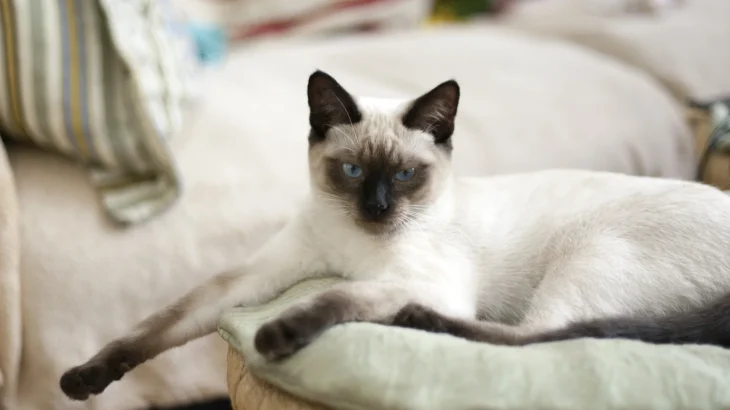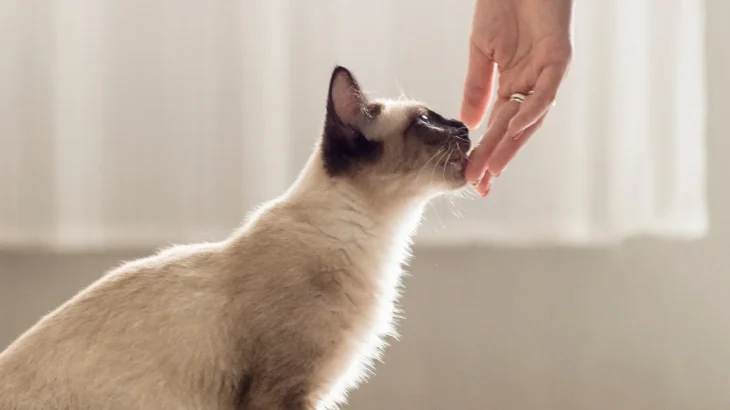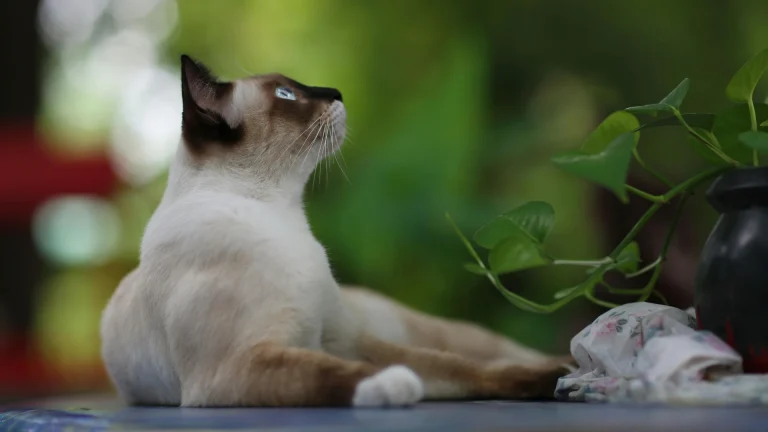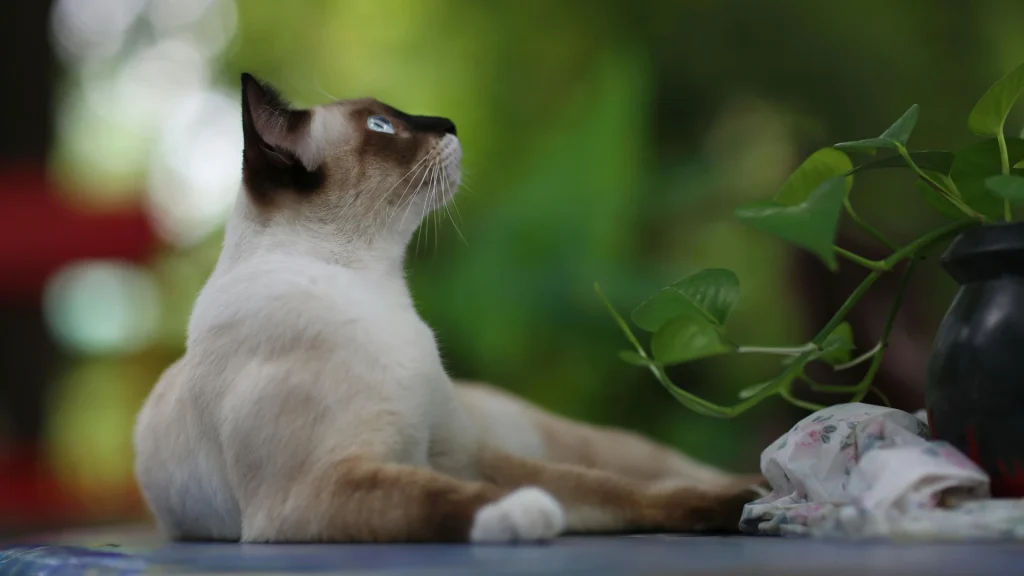Choosing between adopting or purchasing a Thai kitten depends on what you value most. Adoption means giving a home to a cat in need and usually costs less, while buying from a breeder often provides more detailed health and pedigree info. Both choices have unique benefits and considerations that fit different family needs.
Here's a quick look at pros and cons:
| Criteria | Buying from Breeder | Adopting from Shelter/Rescue |
|---|---|---|
| Cost | Higher initial cost due to pedigree and breeding expenses. | Lower adoption fees; usually include vaccinations and spaying/neutering. |
| Health History | Usually detailed health records and genetic screening. | Health history might be unknown; shelters do basic health checks. |
| Age Availability | Primarily young kittens, letting you raise them early on. | Wide range of ages, including adults and seniors. |
| Temperament Insight | Breeders can share lineage temperament traits. | Shelter staff share observed behavior but full history is often incomplete. |
| Supporting Practices | Supports ethical breeding if choosing responsible breeders. | Supports animal welfare by giving homes to cats in need. |
| Return Policy & Support | Breeders often provide contracts, return policies, and ongoing support. | Shelters may offer limited return policy and support based on resources. |

